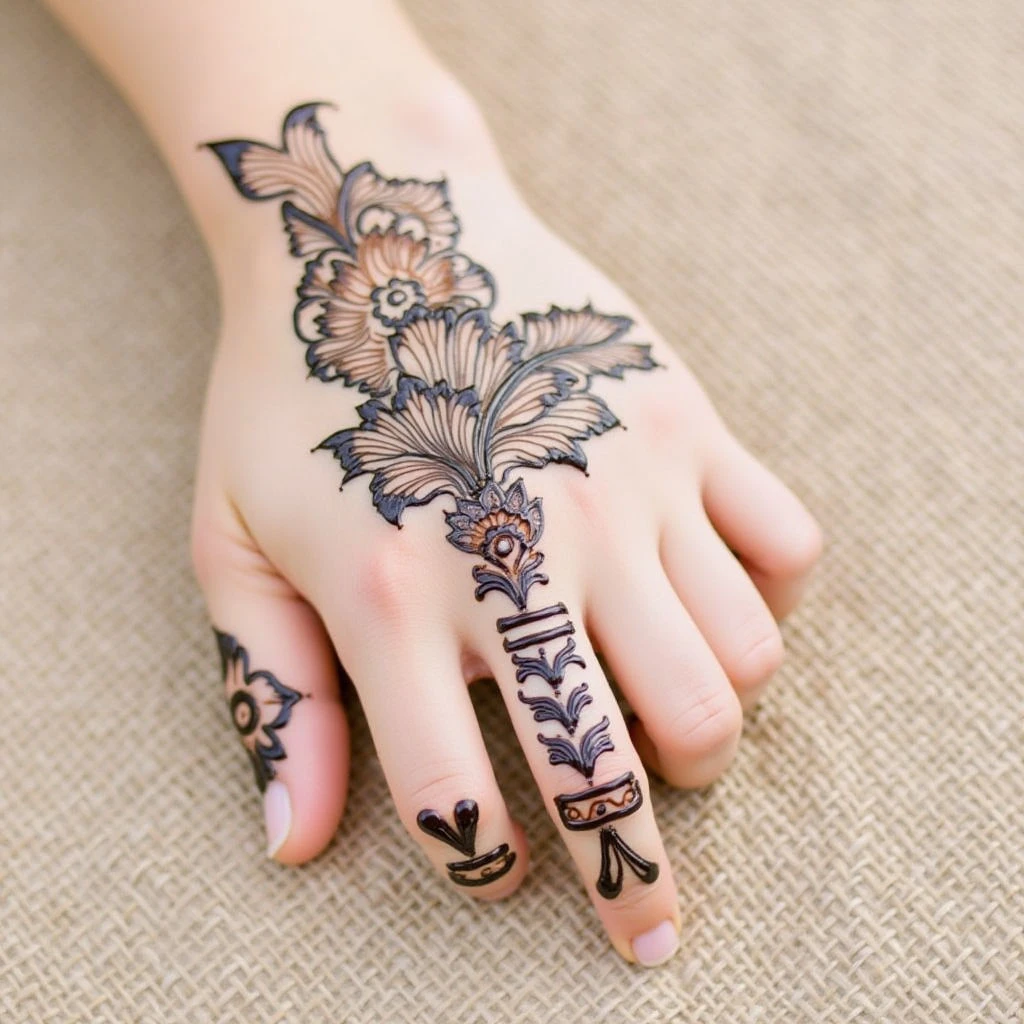Easy Mehndi Designs for Beginners
Introduction to the Art of Henna
Mehndi, also known as henna, is an ancient art form deeply rooted in South Asian culture, traditionally applied during weddings and festivals to symbolize joy, prosperity, and blessings. While intricate mehndi designs can be stunning, creating simple patterns offers a wonderful entry point for anyone eager to explore this beautiful craft. This guide will introduce you to easy-to-replicate designs, their historical context, and tips for achieving professional-looking results.
A Brief History of Mehndi
The practice of applying henna dates back thousands of years, with evidence found in ancient Egyptian tombs. Historically used not only as decoration but also for its cooling properties (due to the natural oils in henna leaves), it holds significant cultural meaning across India, Pakistan, Bangladesh, and other regions.
Popular Simple Mehndi Designs
Dots & Circles
The foundation of many mehndi designs! Easy to create and incredibly versatile. Arrange them in symmetrical patterns or use them as accents within more complex motifs.
Simple Vines
Drawing a simple vine with leaves is straightforward and elegant. Vary the thickness of the lines for added visual interest.
Paisley Motifs (But Simplified)
Traditional paisleys can be intimidating, but simplified versions are easily achievable with practice.
Geometric Patterns
Lines, triangles, squares – these basic shapes form the basis of many stunning mehndi designs.
Tips for Beginners
- Practice on Paper First
- Use Cones
- Don't Rush
- Seal with Lemon & Sugar
After the henna dries, mix lemon juice and sugar in water (1 tsp each) and apply gently. This helps darken the stain.


